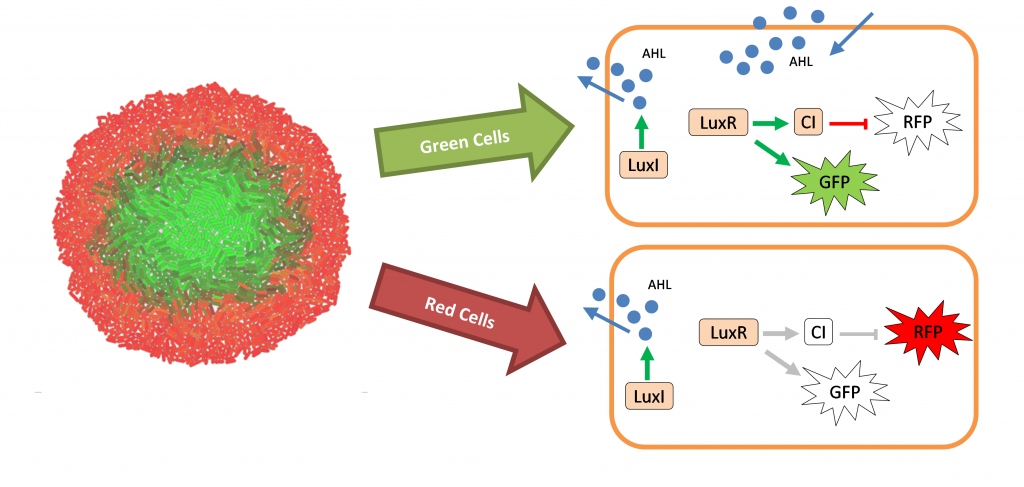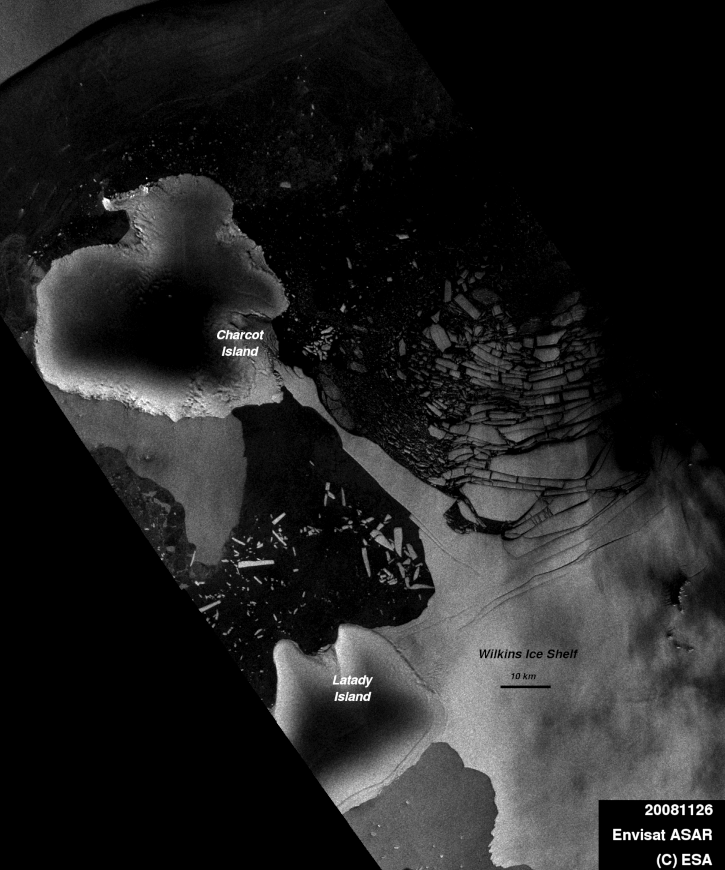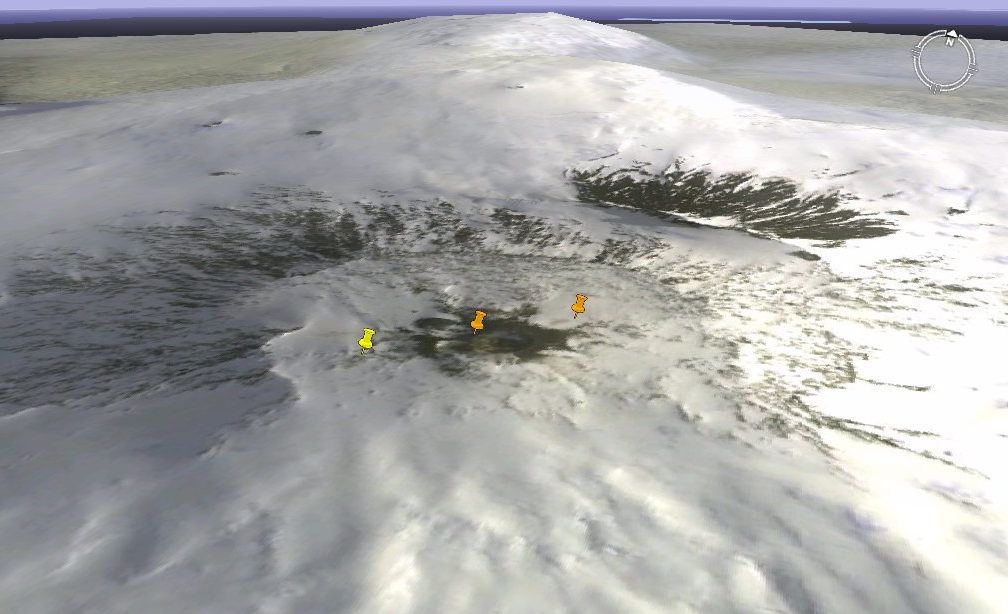In this section I give a brief description of my main research topics. All of them have a common core: the use of computational techniques and artificial intelligence to model physical and biological systems.
USING MACHINE LEARNING TO MODEL STUDENTS PERFORMANCE
I have developed several novel machine learning models to model students performance in a course. I have used both supervised -decision trees and deep neural networks- and unsupervised methods – cluster analysis.
These models are capable of predicting whether a student will succeed in a course or will drop out and also analyze the learning profile of a class to detect possible spread wide misconceptions or subgroups of students that are struggling with the course.
Some examples of the results I have obtained:
Rubio, M. A. (2020). Automated Prediction of Novice Programmer Performance Using Programming Trajectories. In International Conference on Artificial Intelligence in Education (pp. 268-272). Springer.
Rubio, M. A., Romero-Zaliz, R., Mañoso, C., & Angel, P. (2015). Closing the gender gap in an introductory programming course. Computers & Education, 82, 409-420.
Advanced computing methods applied to biology
I’m applying different algorithms and artificial intelligence techniques to simulate and analyze biological models.

onion structure
One example of the kind of projects I’m involved is:
Román-Román, Patricia, D. Romero, M. A. Rubio, and Francisco Torres-Ruiz. “Estimating the parameters of a Gompertz-type diffusion process by means of Simulated Annealing.” Applied Mathematics and Computation 218, no. 9 (2012): 5121-5131.
ESA’s ‘Webcam from Space’
When working at the European Space Agency Grid Processing on Demand for Earth Observation Applications team (G-POD) I developed a system capable of monitoring an specific location on Near Real Time. My goal was to create a ‘Webcam from Space’ capable of looking anyplace on Earth.
This ‘webcam from space’ was first used to observe the Wilkins ice shelf. It was under serious stress due to global warming. It finally broke up in April 2009.

Using Grid computing techniques and remote sensing data to monitor the Earth system
I spent three years working with Grid systems at the European Space Research Institute (ESA). There I developed several applications capable of monitoring diverse phenomena on a on a global scale using remote sensing data.

Some of the most important projects were:
Vomir: Our aim was to monitor a set of 300 volcanoes scattered around the globe. The system was able to detect eruptions using Envisat’s infrared sensor. The main results were published in:
Colin, O., M. Rubio, P. Landart, and E. Mathot. “VoMIR: over 300 volcanoes monitored in near real-time by AATSR.” In Proceedings of Envisat Symposium 2007, pp. 23-27. 2007
AeroMeris: Our goal was to use high performance algorithms to generate long term time series from our satellite image archives. Aeromeris was involved in the site selection for ESO’s European Extremely Large Telescope (E-ELT) . The main results were published in:
Rubio, M. A., O. Colin, and E. Mathot. “Generation of long-term time series of remote sensing data using ESA’s GPOD system.” In EGU General Assembly Conference Abstracts, vol. 11, p. 12571. 2009.
Using artificial intelligence techniques to estimate estimate biophysical parameters from remote sensing data.
I no longer work in this field. I used statistical models and neural networks to estimate several biophysical parameters: photosynthetic active radiation, canopy water content…
Trombetti, M., D. Riaño, M. A. Rubio, Y. B. Cheng, and S. L. Ustin. “Multi-temporal vegetation canopy water content retrieval and interpretation using artificial neural networks for the continental USA.” Remote Sensing of Environment 112, no. 1 (2008): 203-215.
Rubio, M. A., G. Lopez, J. Tovar, D. Pozo, and F. J. Batlles. “The use of satellite measurements to estimate photosynthetically active radiation.” Physics and Chemistry of the Earth, Parts A/B/C 30, no. 1 (2005): 159-164.
